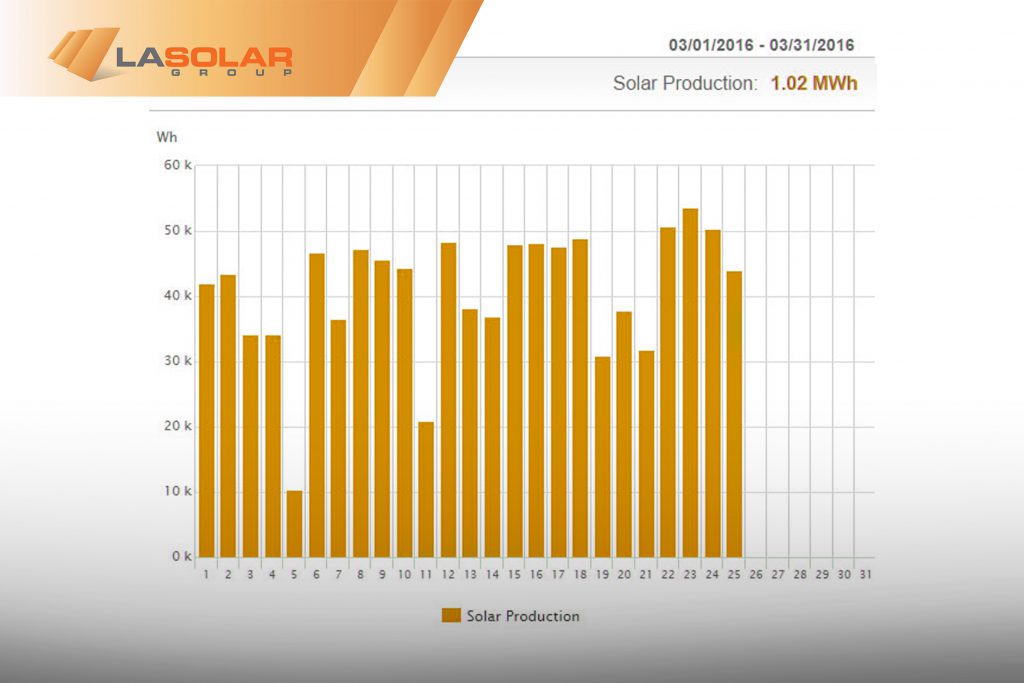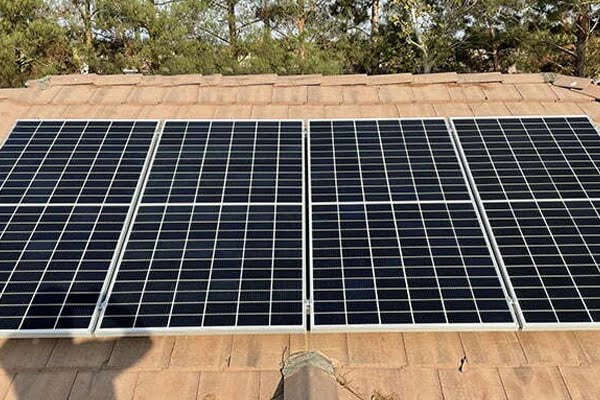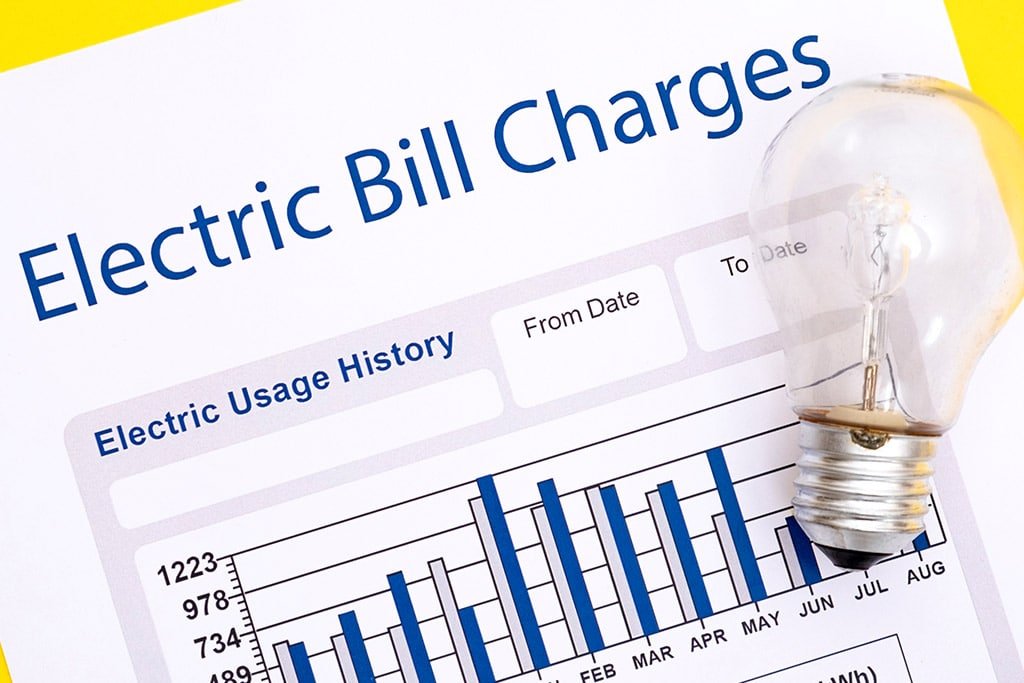One of the best perks of a solar system is having the ability to monitor your system’s energy production. Property owners can see in real-time the productivity on a daily, monthly, and annual basis. What makes monitoring such an important factor of a solar home or business is having the capability to track how the system is generating solar power in relation to the energy that’s coming from the utility company. It’s a great tool to visualize your electricity offset between the two.
Here are some key factors you should know about solar monitoring:
1. Is monitoring included
2. When and how is it installed
3. How do I know what my system is reporting
Before you understand more about the monitoring, it’s best to learn about the various types of monitoring.
Types of Monitoring
The type of monitoring will be determined by the type of inverter that’s been installed. An inverter is much like control center; gathering data, converting the electric signal, and distributing the energy to your property’s main electric panel box. A standard string/central inverter will have monitoring capability directly inside the inverter box that’s attached by the electric box while an inverter with optimizers and microinverters provides monitoring access via internet. In this blog, I will discuss monitoring with optimizer and microinverter systems.
Monitoring Access
If you have SolarEdge with Optimizer Inverter or Enphase, access your monitoring system portal here.
1. Is Monitoring Included
As a property owner with a solar system, there’s really no reason to not have monitoring included with an installation. It goes hand-in-hand with solar. There’s no additional cost to a solar system with monitoring and will always be accessible 365/24/7.
2. When And How Is Monitoring Installed
Integrating monitoring with the solar system will depend on the type of inverter. For an inverter with optimizers, monitoring will be installed directly after the system has been installed on the property. Microinverter systems on the other hand are installed after the system is officially turned on by the utility. A small wireless or ethernet device will be connected to the home’s or business’s internet connection to allow the inverter to send its production data through manufacturer’s online portal to which you will have log-in account to gain access. Monitoring is accessible via desktop, tablet, and smartphone app.
3. Knowing What The Solar System is Reporting
As you monitor your solar system, it’s important to be educated on what you see. The goal is to ensure that the system’s production is at or above what was guaranteed annually. Production will vary when tracking its results. The time of year, weather, clouds, the sun’s orientation and angle in the sky do determine your production for that day. Also, shading from roofing ventilation pipes, an HVAC unit, chimney, and tree branches will fluctuate production for the panels that may be affected by such obstructions. There also may be times when no production is being reported. If the property’s internet connection has been tampered with or changed, such as being moved or unplugged after the monitoring has been installed to the system, this will reset the data connection and no production report will be available.
Nevertheless, having the support you need is most important of all. Whenever any questions arise about the system and how it’s reporting production, it’s crucial to get immediate response and assistance to bring resolve to a concern to ensure that your solar system is bringing optimal solar energy to your home or business.
We do get common questions from homeowners asking about their monitoring and what it all means. For example questions asking why they see dramatic fluctuations with their system’s production. Solar panels produce energy based on certain factors such as time of day, time of season, any shading, and temperature. Also, at times the panels may actually over produce more of wattage than they are originally designed to. Daily data may present some inaccuracies and fluctuations to the production reports so we suggest homeowners to track and manage their solar monthly, quarterly, and annually.
Because the monitoring details can be accessed only via online, the home will need an to have internet connection so the inverter can send solar data to the homeowner. If for some reason, there’s no monitoring being displayed, that means that the inverter has lost connection with the home’s internet signal. But if was to happen, it doesn’t mean your solar system is not working. The system is still functioning at a 100%, it’s the details that are not be displayed in the monitoring portal.
When such issues occur, LA Solar Group ensures that we’re on top of it and will repair or readjust setting to bring the monitoring back online. Because we guarantee production with our warranty, we understand it’s important to for homeowners to manage their solar. What we do is set a specific threshold for the production so we can make sure that the system doesn’t under produce. The failure rate for a solar system a 0.01% which is close to nothing. Failure rate for a solar panel is .022%. This is why manufactures stand behind their production and product warranties.
4. Software updates
Software updates for the inverter and gateway monitoring device are run during weekends. If you notice on your monitoring portal that the inverter is offline over the weekend it is most likely due to the software update. The system will be back online by Monday and if it is not or if the monitoring system is offline for more than 72 hours please make a service ticket request on our website. Communication issues with the inverter and monitoring system usually resolve themselves.





